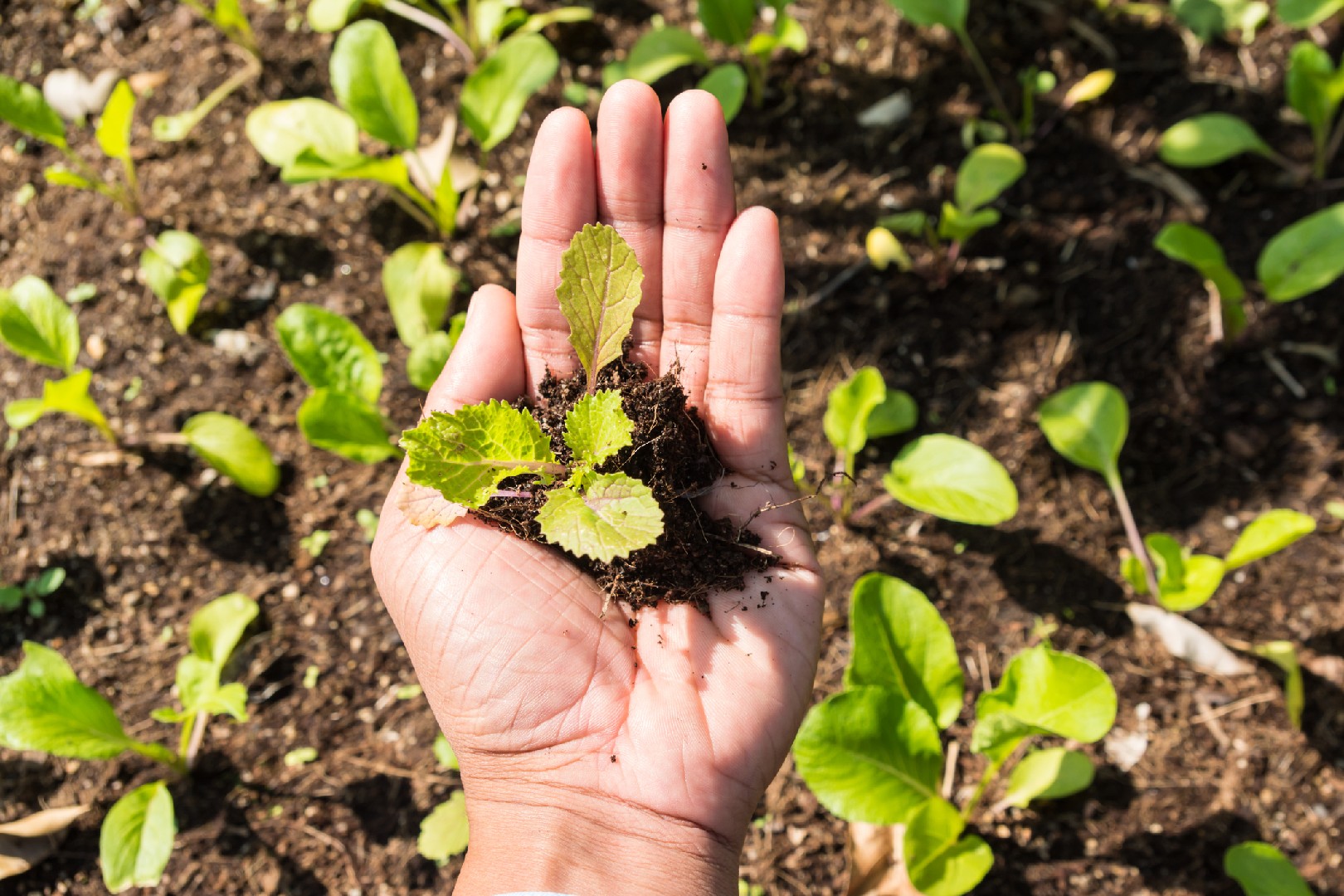![Rectangle]()
Unearth the Power of Nutrient Cycling
Nutrient cycling is a vital process for the health and vitality of your edible garden. It is the natural flow of essential nutrients through the soil and plants, ensuring they are available when needed. Understanding this concept and harnessing the power of soil microorganisms is key to fostering a thriving garden.
Soil microorganisms play a crucial role in nutrient cycling. They break down organic matter, such as decaying leaves and plant debris, into simpler forms that plants can readily absorb. This process, known as decomposition, releases nutrients back into the soil and makes them accessible to plants. The microorganisms involved in this process include bacteria, fungi, and protozoa.
By breaking down organic matter, soil microorganisms also improve soil structure. They create pore spaces that allow roots to penetrate deep into the ground, accessing water and nutrients. Additionally, they enhance the soil's ability to retain moisture, reducing the need for frequent watering.
The impact of soil microorganisms on plant health is significant. When nutrient cycling is functioning optimally, plants are better equipped to resist diseases and pests, and they develop stronger roots and healthier foliage.
Various nutrients are recycled by soil microorganisms, each playing a vital role in plant growth and development. Nitrogen, for example, is necessary for leafy green growth, while phosphorus promotes root growth and flowering. Potassium aids in overall plant vigor and disease resistance. Calcium supports cell wall development, and magnesium is essential for chlorophyll production.
To ensure nutrient cycling is efficient in your edible garden, it's important to be aware of signs of nutrient deficiencies in plants. Yellowing leaves may indicate a lack of nitrogen, while stunted growth or poor fruit set could be a result of low phosphorus levels. Dark spots or necrotic tissue may suggest a calcium deficiency, and interveinal chlorosis could be a sign of magnesium deficiency.
To support nutrient cycling and promote healthy soil microbiology, you can incorporate several practices in your garden. One method is to use organic matter as mulch or compost. This provides a food source for soil microorganisms, encouraging their growth and activity. Additionally, diversifying your plant selection can promote a more extensive range of microorganisms, ensuring a balanced nutrient cycling process.
In conclusion, understanding and harnessing the power of nutrient cycling is essential for the success of your edible garden. By fostering soil microbiology and promoting efficient nutrient cycling, you can create an environment where plants thrive, resist diseases, and produce abundant harvests. By incorporating organic matter, diversifying your plant selection, and observing signs of nutrient deficiencies, you can play an active role in supporting the invisible army that works tirelessly underground to fuel your garden's productivity.





